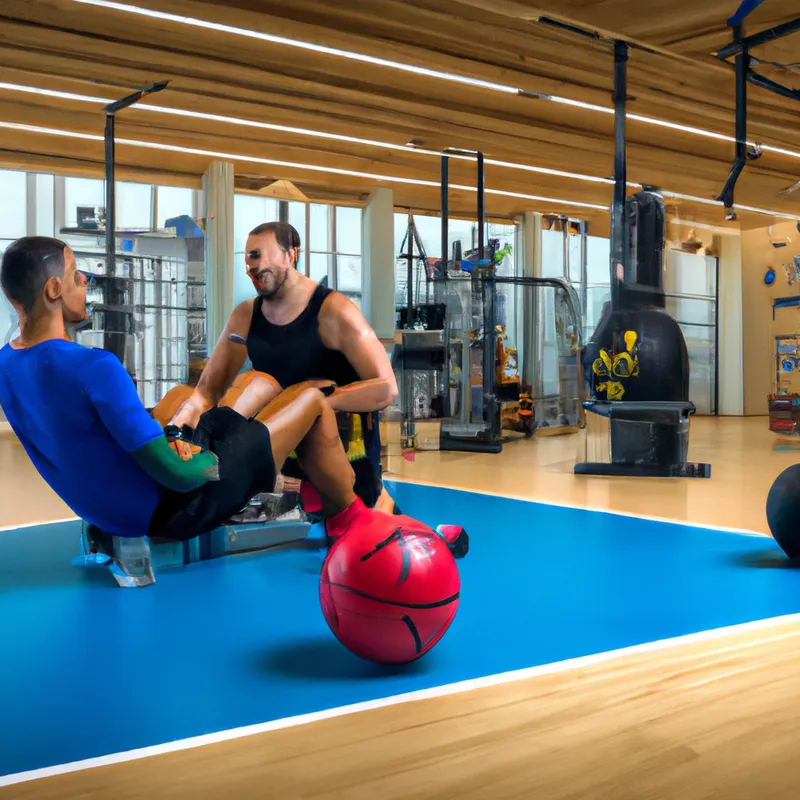Engage Athletes: AI Tailors Coaching to Each Individual
How AI Coaches Adapt to Different Learning Styles Among Athletes
AI plays a crucial role in enhancing athlete performance and engagement. AI coaches offer personalized training experiences tailored to each athlete’s learning style. Understanding these styles maximizes performance and motivation. This post explores how AI coaches adapt to various learning styles and their implications.
Understanding Learning Styles
Each athlete has a preferred way to absorb and process information. These preferences fall into three categories: visual, auditory, and kinesthetic. Each category influences how athletes learn.
Visual Learners
Visual learners understand concepts better through images, diagrams, and videos. They benefit from demonstrations and visual aids. An AI coach can use video analysis to showcase athletes’ techniques and compare them with professional performances. This method helps visual learners identify strengths and weaknesses.
AI coaches can create dynamic visual content, like annotated videos highlighting key techniques. By using graphics and simulations, visual learners can visualize movements, making it easier to implement changes.
Auditory Learners
Auditory learners excel with listening and verbal instructions. They respond well to spoken guidance and discussions. An AI coach can provide audio feedback, verbal cues, and relevant podcasts. This approach allows auditory learners to absorb information through effective channels.
AI technology can also include voice recognition, enabling athletes to ask questions and receive immediate feedback. This interactive style enhances the learning experience and keeps auditory learners engaged.
Kinesthetic Learners
Kinesthetic learners prefer hands-on experiences and learn through movement. AI coaches can adapt training by incorporating interactive drills and real-time feedback. This approach keeps kinesthetic learners engaged and helps them retain information.
AI technology can simulate practice environments or create interactive modules. For example, AI can offer real-time biomechanical analysis during practice, allowing kinesthetic learners to adjust movements. This immediate feedback helps develop muscle memory and enhance performance.
Tips for AI Coaches
AI coaches should recognize and adapt to diverse learning styles for optimal training outcomes. Here are effective strategies:
1. **Assess Learning Styles**: Assess each athlete’s learning style through questionnaires, observations, or performance analytics. This information guides coaching approaches and resource allocation.
2. **Customize Training Programs**: Tailor training programs based on athletes’ learning preferences.
Conclusion
AI coaches adapt to various learning styles, enhancing athlete performance and engagement. Understanding these styles is essential for effective training.
Below are related products based on this post:
FAQ
What are the three main learning styles that AI coaches consider for athletes?
The three main learning styles are visual, auditory, and kinesthetic. Visual learners prefer images and diagrams, auditory learners benefit from listening and verbal instructions, while kinesthetic learners excel through hands-on experiences and movement.
How can AI coaches support visual learners in their training?
AI coaches can support visual learners by using video analysis to demonstrate techniques and compare them with professional performances. They can create dynamic visual content, such as annotated videos and graphics, to help visual learners better understand and implement changes in their movements.
What strategies can AI coaches use to adapt training for kinesthetic learners?
AI coaches can adapt training for kinesthetic learners by incorporating interactive drills and real-time feedback. This may include simulating practice environments and offering immediate biomechanical analysis, which helps kinesthetic learners adjust their movements and develop muscle memory effectively.















Post Comment